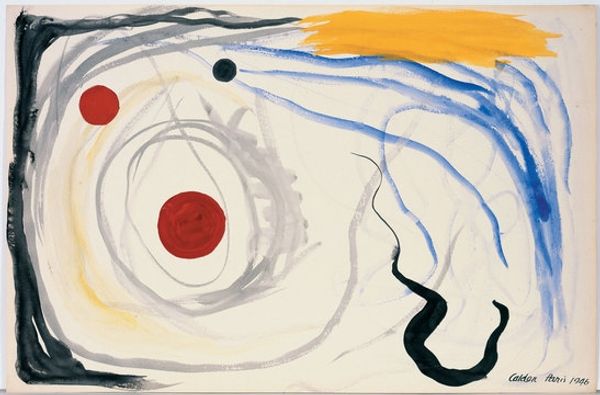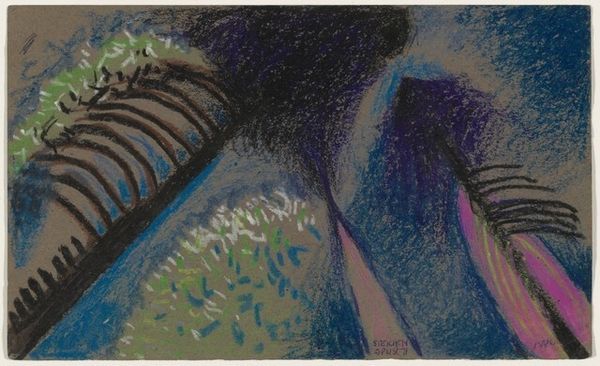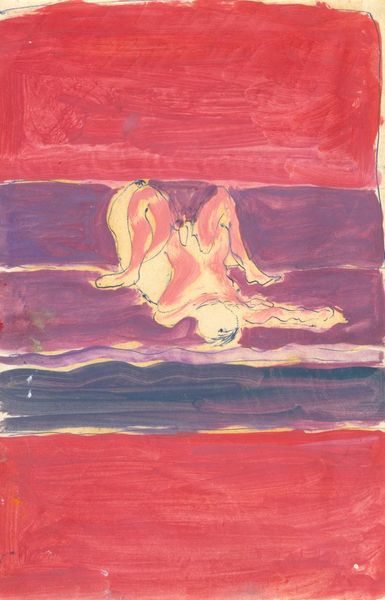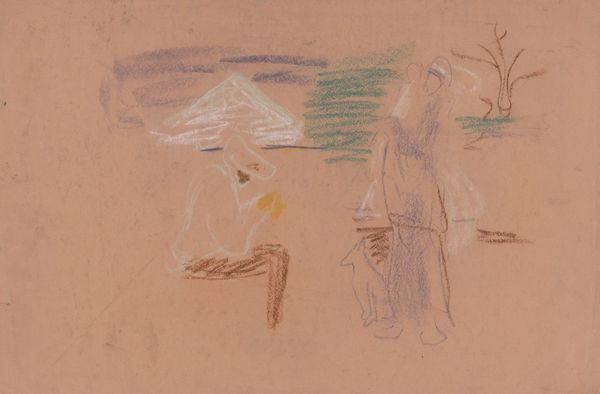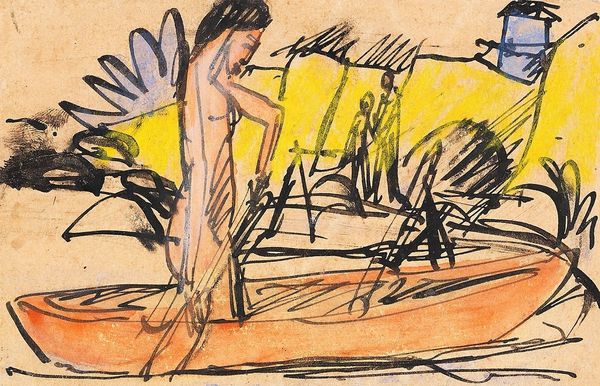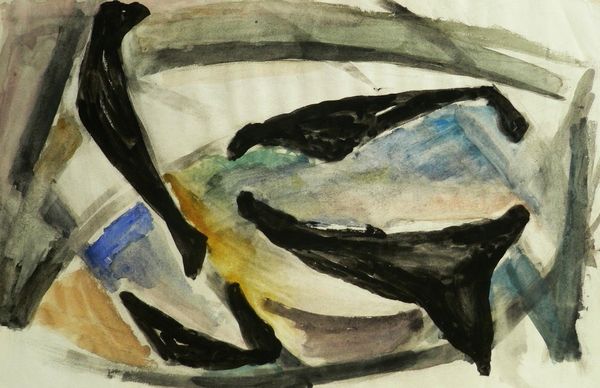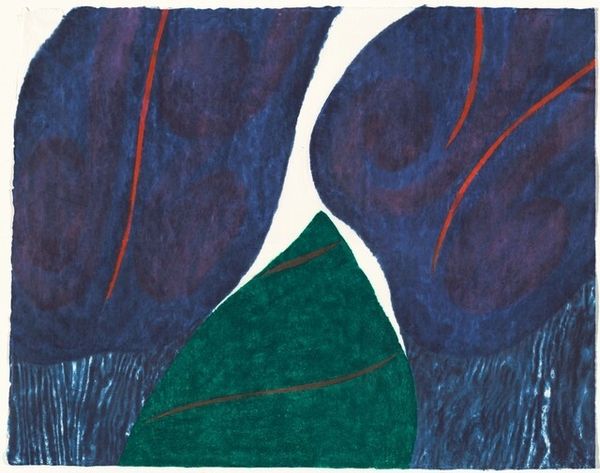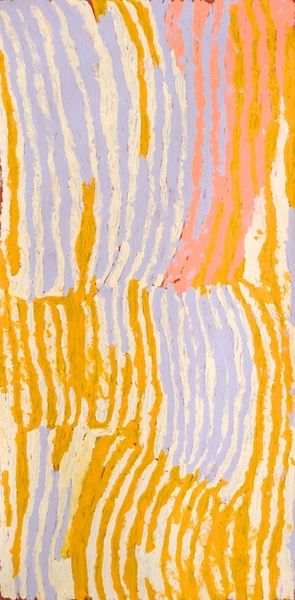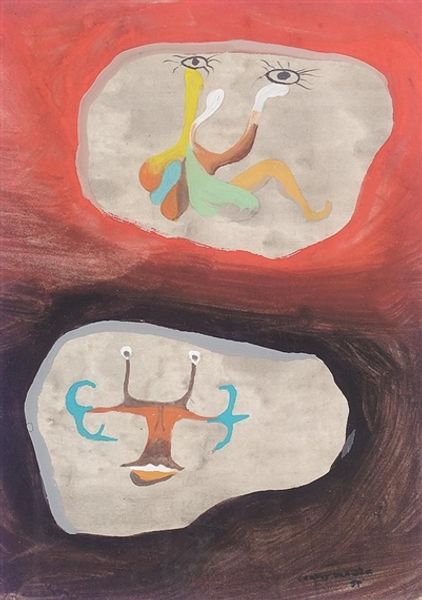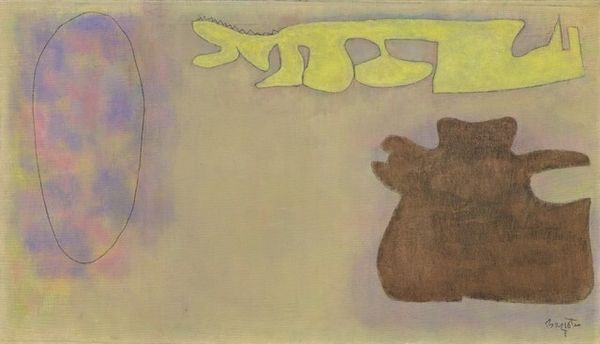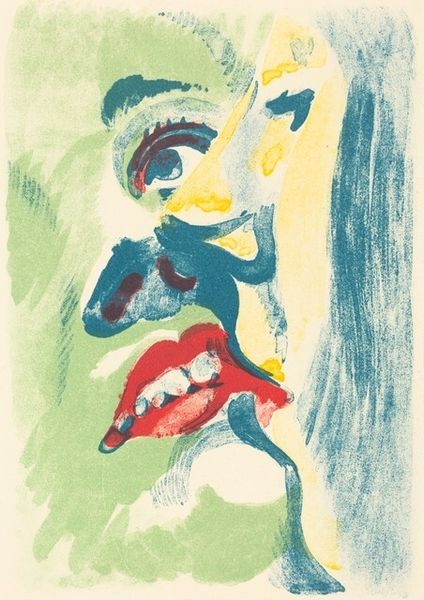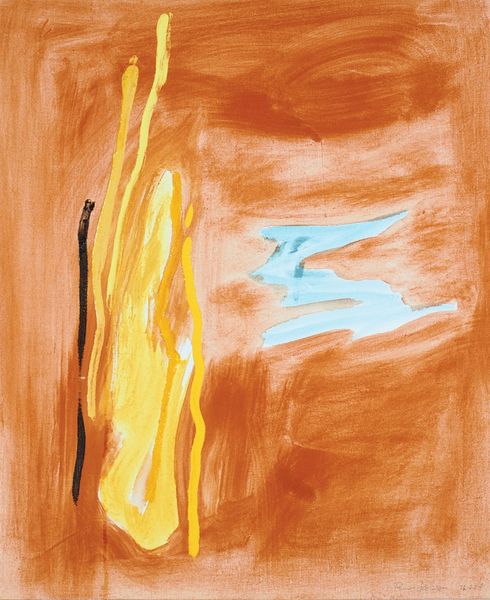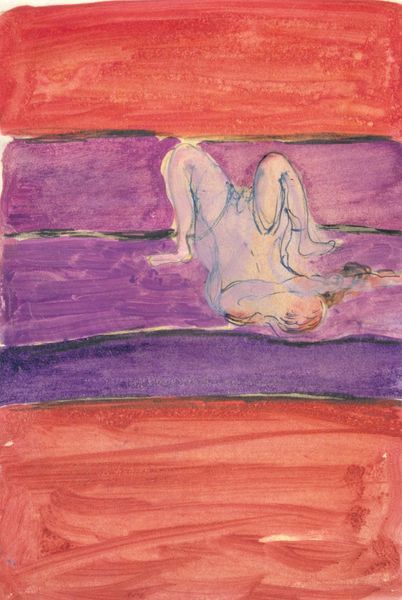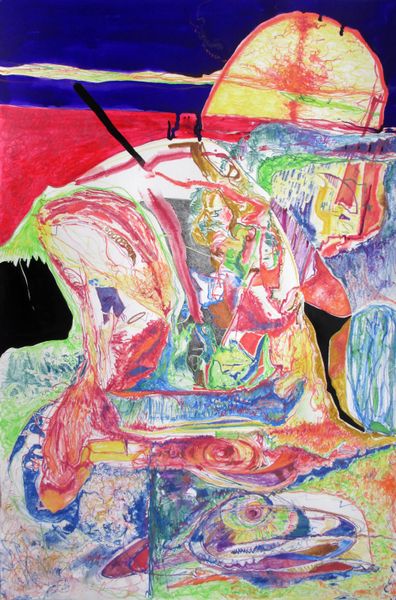
drawing, paper, charcoal, pastel
#
portrait
#
drawing
#
figuration
#
paper
#
pastel chalk drawing
#
charcoal
#
pastel
#
modernism
Copyright: Public domain
Editor: Here we have "The Hand" by Vajda Lajos, created in 1938 using charcoal and pastel on paper. It's quite striking, almost unnerving with its fragmented form and earthy palette. What can you tell us about this piece? Curator: The socio-political context of 1938 Hungary is crucial here. As Europe braced for war, Vajda, though not overtly political in his art, was certainly reflecting the growing anxieties and uncertainties of the time. "The Hand", while seemingly just a representation of a hand, carries symbolic weight, especially within the surrealist and modern art movements. Consider how hands are so very present in both propaganda posters, used in the press. Does it signal guidance or control, perhaps? Editor: So, it's not just about the aesthetic qualities, but the social commentary woven into it? Curator: Exactly. Artists of this era were deeply engaged with their surroundings. The rawness of the charcoal and pastel medium, the disjointed composition—these aren't arbitrary choices. Vajda is actively grappling with representing a fractured reality, mirrored within broader historical discourse. Editor: The fracturing seems key, almost like a puzzle needing to be pieced together. Curator: And what is the role of modern museums at the time? Consider what was available and celebrated and what wasn't and why, which helps define and shape how the works from this era, like “The Hand” come to represent this reality through a more complete record of the time. Editor: That gives me a lot to think about. Thank you, that was fascinating. Curator: It's all about how we view art as a reflection of ourselves. I'm glad you're diving deep and piecing these layers together.
Comments
No comments
Be the first to comment and join the conversation on the ultimate creative platform.
